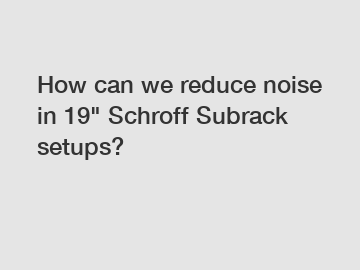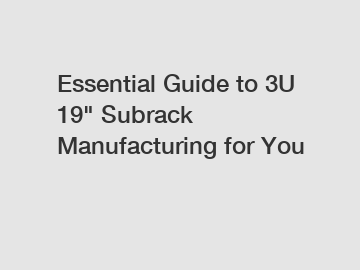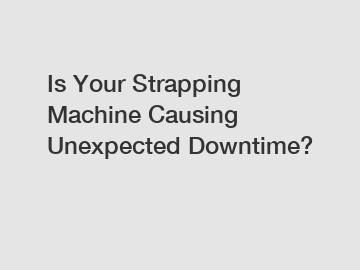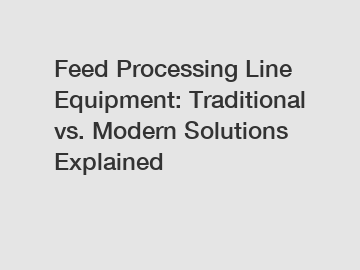Drilling vs. Boring: What's Best for Your Project?
Understanding Drilling
1. **Definition**: Drilling is the process of creating a hole in a solid surface using a rotating drill bit. It is typically employed for tasks requiring penetration into various materials, including wood, metal, and concrete.2. **Tools and Equipment**: The most common tool used in drilling is a power drill, which can be operated manually or powered by electricity or batteries. Specialized drills are also available for specific materials or applications.3. **Applications**: - **Construction**: Drilling is essential for creating holes for fasteners, anchors, or plumbing. - **Manufacturing**: It is used for creating precise holes in parts that require assembly. - **Geological Exploration**: Drilling is applied to obtain soil and rock samples.4. **Advantages**: - **Efficiency**: Drilling generally allows for quick penetration of materials. - **Versatility**: Different drill bits can be used for various materials, ensuring flexibility. - **Precision**: Modern drilling technology enables high precision, which is crucial in many engineering applications.5. **Disadvantages**: - **Heat Generation**: Prolonged drilling can create excessive heat, potentially damaging materials. - **Material Loss**: The process often results in debris and waste material. - **Equipment Cost**: High-performance drilling machines can be expensive to purchase or operate.Understanding Boring
1. **Definition**: Boring is a machine-based method to enlarge an existing hole or create very precise diameters. This technique usually follows drilling and provides a finer finish to holes.2. **Tools and Equipment**: The main tool for boring is a boring machine or a lathe. This equipment can vary in size and complexity depending on the project and material being worked on.3. **Applications**: - **Aerospace**: Boring is vital for creating precise holes for engine components. - **Automotive**: Used for cylinder bores in engines to ensure a perfect fit for pistons. - **Construction**: Ideal for creating larger diameters and aligning holes for support structures.4. **Advantages**: - **Precision**: Boring allows for extremely accurate holes, often within thousandths of an inch. - **Finish Quality**: The finish of a bored hole is generally superior to that of a drilled hole, reducing the need for further processing. - **Versatility**: Suitable for high-tolerance applications where precision is paramount.5. **Disadvantages**: - **Speed**: Boring typically takes longer than drilling, which can slow project timelines. - **Equipment Complexity**: Boring machines can be complicated and require skilled operators. - **Initial Setup**: Setting up for a boring operation often requires more time and precision than drilling.Making the Right Choice for Your Project
1. **Project Requirements**: Consider the specifications and tolerances required by your project. If precision is essential, boring may be the best option.2. **Material Selection**: Determine the materials you'll be working with. Drilling may be more appropriate for softer materials, while harder materials may require boring.3. **Time Constraints**: Evaluate how quickly you need to complete your project. Drilling is generally faster if time is a critical factor.4. **Budget**: Consider your budget as high-end drilling or boring machines can be costly. Analyze the cost-effectiveness based on the project’s complexity.5. **Consult with Experts**: When in doubt, consulting with professionals can provide valuable insights into which method suits your specific needs best.For more What Is a Drilling, Different Type of Blades, Mining Bulldozerinformation, please contact us. We will provide professional answers.
Additional resources:How to Choose What Is a Painting?
The Backbone of Construction: Exploring Piledriving Machinery
Unleashing the Power of Lever Blocks: An Essential Tool for Heavy Lifting
How to Select Oil-free Screw Blower Custom?
2024 Guide to Stainless Steel Mix Applications
How to Choose the Right Stainless Steel Mix?
Maximize Efficiency with 19” Schroff Subrack ODM SolutionsAdditional resources:
Maximize Efficiency with 220KW Soybean Straw Briquetting Machine
How Can Schroff Subracks Enhance Your IT Infrastructure Efficiency?
How Mini Excavator Buckets Transform DIY Landscaping?
Unlocking Efficiency: The 220KW Sawdust Briquetting Machine
How to Choose the Best Electronics Rack Enclosure Vendor?
Top Hydraulic Breakers for Excavators: A Guide
Essential Machinery for Efficient Gypsum Board Production









